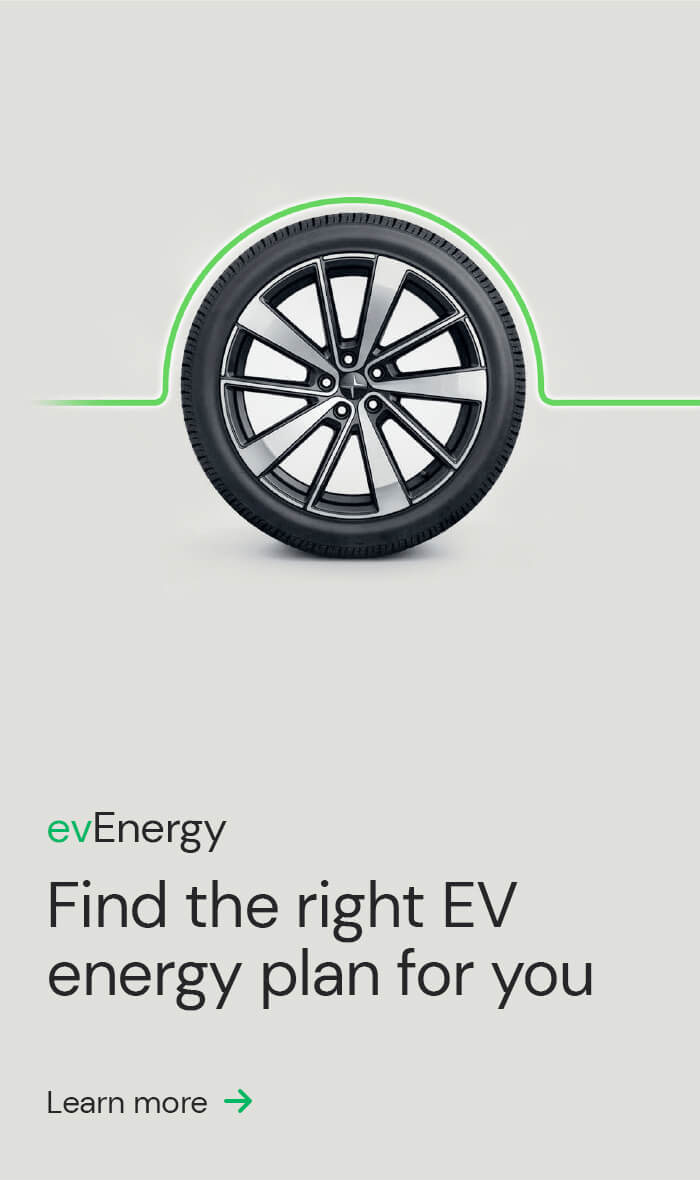With thousands of public EV charging points across Australia, the country’s charging infrastructure is growing rapidly to support the incredible growth of electric mobility. Although 80% of Australians charge their EV at home twice a week, the security and reassurance that public charging stations provide means you can embark on that road trip or long-distance commute with confidence.
From how to locate public EV chargers to navigating their speeds and types, follow our guide to finding, paying for and using EV charging stations.
Public EV charger types explained
Understanding the different types of public EV chargers is essential for planning your trips, choosing the right charging station for your EV and estimating charging times based on your vehicle’s compatibility and charging capabilities.
The most common types of public EV chargers are:
- Type 2 connectors that offer Level 2 AC charging at a moderate 22kW speed. These can add up to 130km of range in an hour.
- CCS connectors that offer DC charging at speeds of 50kW, 100kW or 350kW. These can add up to 300km of range in an hour.
- Tesla Supercharger connectors that offer rapid 120kW speeds. Superchargers can add up to 275km of range in 15 minutes.
- Three-pin wall sockets to plug your personal charging cable into. You will need to supply your own cable and charging speeds will vary.
Finding and paying for public EV charging
Before you drive off, or if you need to pull over, the simplest way to find nearby EV charging stations is by using dedicated mobile apps. PlugShare is the gold standard platform that offers a comprehensive map of charging stations, user reviews and real-time availability updates. It covers a wide range of charger types, whether you are after fast chargers or Tesla Superchargers.
Local charging network apps like Evie Networks and Chargefox help you locate chargers and pay for your charging sessions. Once downloaded, you can source your desired charger and pay for a session using a card, PayPal or Apple Pay.
Using public EV charging stations
Once you’ve initiated the charging session, use the appropriate cable and connector to plug your EV into the charging station. Ensure that the connection to your car’s charging port is secure. If you’re using your own cable, take care when connecting it to the charger.
Either follow the charging station’s display instructions, or your mobile app will provide instructions for starting the charging process. Confirm the settings – such as charging power – and press the appropriate buttons to proceed. Once underway, you should be able to monitor your session’s progress like the charging power, time elapsed and estimated time until full on the app or display. Once complete, safely disconnect and stow the charging cable.
Pro tip: when using public EV charging stations, be mindful of other users. By following the unspoken etiquette rules like not monopolising spaces, reporting faulty chargers and being patient with fellow users, you’ll ensure a smooth experience for everyone.
Summary
- PlugShare is the worldwide market-leading app to locate public EV charging stations.
- Local network apps like Evie Network can help you find and pay for public charging.
- To charge, connect the cable safely and follow the instructions on-screen or on your app. Monitor progress before carefully disconnecting and stowing the charging cable.
- Choose between Type 2 AC charging, CCS DC charging, wall sockets and Tesla Superchargers.
Are you considering making the switch to an electric vehicle? ActewAGL can help you effortlessly find, finance and charge your EV. Discover how ActewAGL can support your transition to sustainable driving today. Find out more here.
Sources
https://electricvehiclecouncil.com.au/wp-content/uploads/2022/09/EVownerinsights.pdf
https://www.transport.nsw.gov.au/projects/electric-vehicles/charging-an-electric-vehicle



